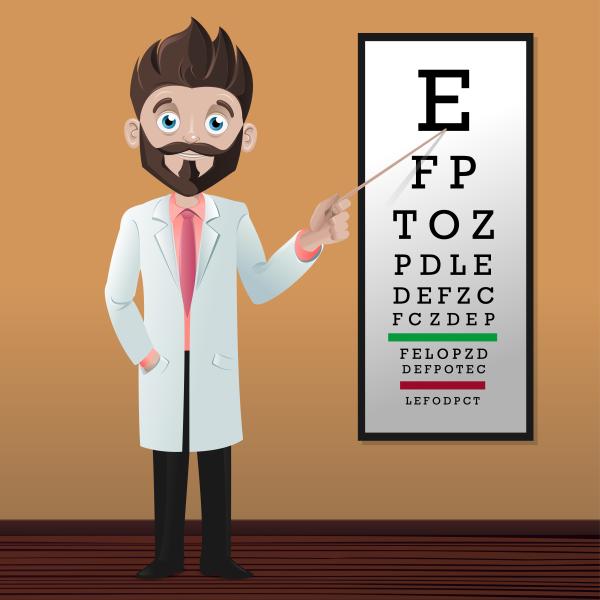One day in second grade, the entire class was lined up outside the nurse’s office for, of all things, eye exams. One by one we dutifully took our position at the mark and began to read the eye chart. I know I got the E for sure, perhaps the F and P. But I could go no further. The nurse handed me a note to take home, to get a pair of glasses. I immediately, without hesitation, displaced of my fears and anxiety onto the nurse (and act I was, unfortunately, going to repeat several times in my professional career [1]) accusing her of making me stand further back than the other kids, of somehow making this test more difficult for me. How could this be? I certainly didn’t want to be a four-eyes.
I wound up getting glasses, and suddenly words on the page were actually clear. Who knew reading did not require memorization of what might be on the page? I went from the third to the first reading group. Glasses made a real difference in my life. And I bring this up because of an article in JAMA Ophthalmology, Visual Impairment in Preschool Children in the United States.
It turns out; I was not alone.
The authors made use of two studies of visual impairment (VI) in pediatric patients designed to identify the prevalence and racial distribution of this condition. VI was defined as
- Refractive error – the need for corrective lenses
- Amblyopia – a condition where the eye and brain are not synchronized in visualization. It is the most common cause of VI in a single eye.
- Ocular disease – disease of the eye itself like nystagmus (involuntary eye motion) or opacity of the anterior segment of the eye
The researchers used the prevalence data from those studies to estimate the prevalence of VI impairment nationwide extrapolating that 175,000 children age 3 to 6 had visual impairments. 69.% due to uncorrected refractive error, 24.7% due to bilateral amblyopia and 6.3% due to ocular disease. Here is the racial distribution:

Based on population growth projections they estimated that visual impairment would grow 26% by 2060 and noted regional and state disparities. Now I understand the study is limited – after all, they used two prevalence studies to estimate the current evidence of VI using population figures. And to be fair, the authors noted that their numbers might be inflated. But the real point of this study was to be found in the discussion.
- High prevalence of VI among Hispanic white, African American and multiracial children who already are 30% less likely to receive eye care than their Caucasian and Asian counterparts.
- Only 40% of preschool children receive vision screening despite a recommendation from ophthalmologists that they are examined at least once and preferably annually.
Refractive error, the largest cause, is easily corrected. And the authors conclude, “early intervention is critical for better visual outcomes, vision screening in preschool age and follow-up care will have a significant, prolonged effect on visual function and academic and social achievements and therefore should be recommended for all children.”
Anecdotal evidence is often and deservedly mocked. But I must heartily agree with the authors. That five minutes in the nurse’s office made a world of difference in my life (and I would like to think it made a difference for my patients).
[1] It is to my shame that I would blame nurses for things out of their and my control, especially as it impacted my patients; and to my growing maturity that I learned to stop that abusive behavior. I apologize for behavior that was unprofessional at best and am sorry that it took as long as it did for me to change.




